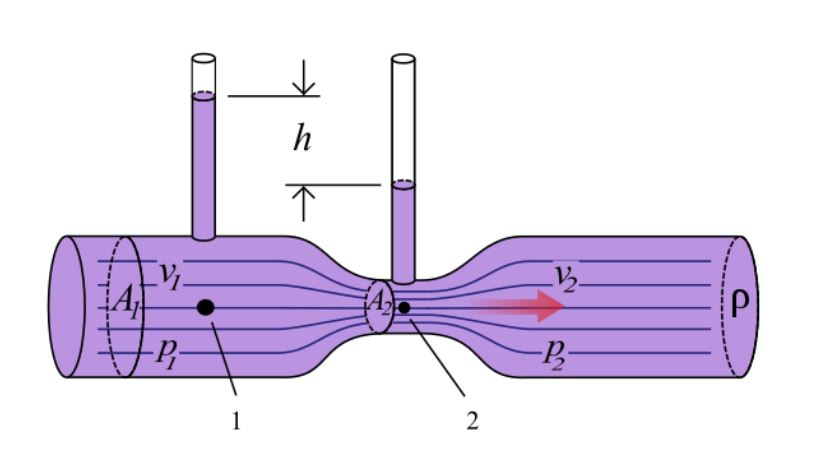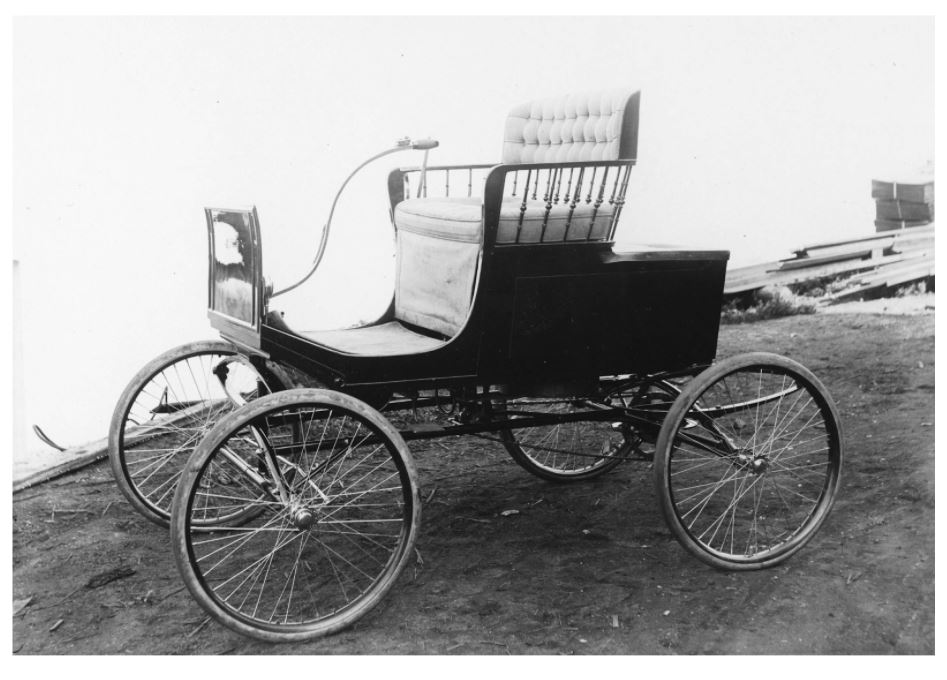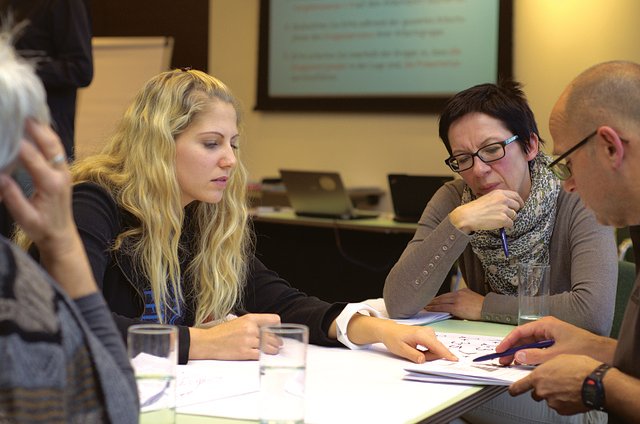(Co-Authored by Aaron Schulman & Tim Scholten)
There are only 3 classical ways to stand out in your market. Master these 3 principles and you will forever dominate your competition and continually experience positive growth.
Most businesses have a challenge when it comes to standing out among their competitors. Those that do stand out, often don’t know how to stand out in a way that is ROI positive and actually helps them grow the enterprise value of their business. In fact, many business owners get into their business because they love the idea of their business, but learn a lot of hard lessons about owning a business along the way.
Chances are, you are great at running your business, and have a passion for what you do as a business owner, but you are not maxing out your creative potential in a way that amplifies your market presence and helps you grow your business beyond your current capacity.
Every bottleneck is actually an opportunity for acceleration and substantial growth.
Every business has bottlenecks, whether it is in their service, their suppliers, their capacity, their capital, or their market reach. The key is in honing in on the roots or the reason for the bottleneck and finding a way to use it to catapult your business to higher levels of breakthrough and profit.
In physics, there is a venturi effect when fluid passes through a bottleneck, where the velocity of the fluid increases, but the pressure on the other side of the bottleneck where the fluid exits is decreased.
 In the diagram, A1, V1 and P1 are the Area, Velocity and Pressure before the bottleneck, and A2 V2 and P2 are the resultant Area, Velocity and Pressure after the bottleneck.
In the diagram, A1, V1 and P1 are the Area, Velocity and Pressure before the bottleneck, and A2 V2 and P2 are the resultant Area, Velocity and Pressure after the bottleneck.
Because the fluid is passing through from the left to right through a smaller space (A2), the resultant velocity of the fluid increases and the Pressure decreases.
Imagine this relating to your business bottlenecks. If you are able to harness the bottleneck and utilize it for discovery and potential, you too can increase velocity and decrease “pressure”… or stress.
We know this is not an identical analogy, because physics doesn’t always dominate the psychology of sales and marketing, but the example can unlock some ideas.
Every bottleneck is actually the presentation of an opportunity, or perhaps you have heard that every problem in your business (or challenge) is also the presentation of the potential growth of your business if you can:
1- Identify the bottleneck
2- Find the source of the issue
3- Create a solution that uses the bottleneck issues and turns them into your advantage.
One of the age-old tools you can utilize in any bottleneck is the concept of a “unique mechanism”.
Perhaps you’ve never heard of a unique mechanism, but you have made purchase decisions your entire life favoring one product over another because of unique mechanisms.
Unique mechanisms are everywhere and when you understand what they are, you will see them put to work everywhere, whether intentional or not.
What is a unique mechanism?
A unique mechanism is an approach that has been utilized by world class advertisers and companies for over 100 years enabling them to stand out from the crowd and dominate their market.
Once you understand how a unique mechanism works, you can forever be at the forefront of creating fresh new approaches to your marketing, advertising, as well as your product and service innovation so that you see more market breakthrough and financial growth.
A unique mechanism will help your business stand out while gaining a strategic advantage in your market.
Ryan Levesque, best-selling author and founder of the “ASK” method, has shown that most people are unable to voice exactly what it is they want when asked.
However, they are able to identify it when it is given to them as a choice among multiple options.
While most people can easily and clearly define what they don’t want when searching for a product, service, or customer experience, they have a hard time knowing exactly what they are looking for until it is presented to the clearly.
This is where innovation and the practice of utilizing a unique mechanism creates a strategic advantage.
In the world of advertising, a unique mechanism has only 3 forms.
1 – The Existing Mechanism
2 – The Unspoken Mechanism
3 – The Transubstantiated Mechanism
You only need to understand how to apply 3 forms in order to have the constant advantage over your competition and the ever increasing complexity and chaos of changing markets.
The powerful thing about unique mechanisms is that, when you learn to adapt them into your business, you can continually stay ahead of your competition while they continue to scratch their heads, wondering how your business, products and services could continue to be so innovative… not just innovative, but in a way that always adds growth through customer satisfaction, acquisition and retention.
When you learn to use unique mechanisms to innovate your products and services, or present them in new and refreshing ways to your market, your business will transform from…
Blending in to standing out
Stale and stagnant to thriving and exciting
Average to industry leader
The mechanism you choose to employ for your product, service or brand depends on the sophistication of your audience and your available resources.
Mechanism 1 – The Existing Mechanism
This kind is a purely unique mechanism. Simply put, this is something you offer that no one else offers, or no one else can offer.
A practical example is a patent, invention or secret recipe. There are many other examples in the world, but just think “purely original” and you will most likely have a product or service that is an “Existing Mechanism”.
 One clear example of an existing mechanism was the first horseless carriage. When Henry Ford rolled out the first automobiles, he actually used more than one mechanism. The car itself was a new invention. It was purely unique.
One clear example of an existing mechanism was the first horseless carriage. When Henry Ford rolled out the first automobiles, he actually used more than one mechanism. The car itself was a new invention. It was purely unique.
During his effort to get more cars to market, he also innovated the “assembly line”. So much manufacturing processes are done today with the same concept of the assembly line, where a product is put together by a team of people who do only 1 task in a procession of tasks that create the finished product.
Example 2 – The Unspoken Mechanism (think hidden process)
This mechanism is something that is not purely unique like an invention or patent, and many other competitors may be doing the same thing, but they are not exploiting the description or explanation of the process in a way that draws customers and increased sales.
If you have a process that is similar to your competitors, but that process creates clear quality in the resulting product or service, you can highlight that common industry process before your competitors do in order to gain a competitive, advertising advantage.
Think of creating a simple hamburger if you own a restaurant. Now, narrate the process of creating your choice hamburgers in a way that goes from farm to table, so that each detail of the process draws people into the preparation of a quality hamburger in such a way that they can’t wait to visit your restaurant. That is the “unspoken mechanism”. No one is advertising the process in such a way that makes the product irresistible to people who normally like to eat hamburgers.
Example 3 – The Transubstantiated Mechanism (changes form)
This mechanism is fairly simple to understand. You take an existing mechanism and add to it or subtract from it so that it’s form or function is different or improved.
This one is easily the most abused in the marketplace, whereby someone might take someone else’s design or process, tweak it insignificantly or simply copy and re-brand or rename it.
This manipulation is very close to plagiarism and can lead to a lawsuit if the addition or subtraction wasn’t significant enough to make the resulting product or service unique.
Be sure not to go down this route.
Instead, take an old process, product or service and figure out how to add to it, simplify it, or give it a unique upgrade so that it is something new that brings expanded features and benefits to those who will use it.
 Going back to our example of the first horseless carriages (automobiles), a good example of transubstantiation is the creation of electric vehicles vs. internal combustion engines. The hybrid vehicle was a stage before the fully electric vehicle. Some may disagree as to whether this is a good innovation, but it is a viable innovation nonetheless as we continue to see the rise of demand for Tesla automobiles while other major car manufacturers are now following suit.
Going back to our example of the first horseless carriages (automobiles), a good example of transubstantiation is the creation of electric vehicles vs. internal combustion engines. The hybrid vehicle was a stage before the fully electric vehicle. Some may disagree as to whether this is a good innovation, but it is a viable innovation nonetheless as we continue to see the rise of demand for Tesla automobiles while other major car manufacturers are now following suit.
A great way to practice this third mechanism is to take one of your existing products or services and ask your team to come up with an addition or subtraction, hypothetically and determine how that could make the product or service better, faster, cheaper, more efficient, more adaptable, more applicable, but more beneficial to your customers.
 Another way to find hidden transubstantiated mechanisms is through customer surveys. You can take specific products or services that have been used or consumed by current and past customers and ask them how they would improve it, or what they would like to see differently. You can also ask open-ended survey questions to give them space to describe and explain what they like, dislike, need and don’t need from the product or service experience. You will often find a trend in their responses that will take your team to the drawing board for the next innovation that can put your business further ahead of your competition. And if getting ahead of the competition is not really your goal, it may just mean more profitability in terms of longer customer retention, higher satisfaction, and new market share.
Another way to find hidden transubstantiated mechanisms is through customer surveys. You can take specific products or services that have been used or consumed by current and past customers and ask them how they would improve it, or what they would like to see differently. You can also ask open-ended survey questions to give them space to describe and explain what they like, dislike, need and don’t need from the product or service experience. You will often find a trend in their responses that will take your team to the drawing board for the next innovation that can put your business further ahead of your competition. And if getting ahead of the competition is not really your goal, it may just mean more profitability in terms of longer customer retention, higher satisfaction, and new market share.
Now, take your innovation to the next level by selecting a product or service, or a need in the marketplace and have your team brainstorm possible ways to use each mechanism
List one product or service with 3 numbers following
1- Purely Unique
2- Unspoken and ordinary but brought to light in a favorable way
3- Transubstantiated or changed in such a way as to give it an advantage
 When doing this exercise, remove all boundaries… because this is a brainstorming exercise, you are looking for possibilities, not roadblocks and red tape.
When doing this exercise, remove all boundaries… because this is a brainstorming exercise, you are looking for possibilities, not roadblocks and red tape.
Do not consider costs, legal roadblocks, capacity, etc. Throw out all limiting factors and just tap into the creative process.
You can refine and “trim the fat” later.
Once you have your list of possibilities, then you can explore the viability of each idea.
When you have brainstormed 10 to 20 possible unique mechanisms, narrow them down to your top 3 and assign a team and a timeline to draft a 1 page proposal which includes:
1- Costs & projected profitability
2- Other resources required
3- Timeline to test pilot
4- Timeline to market
5- Feedback mechanisms (how will you measure if it’s working)
You might do a simple 1 page SWOT analysis for each proposal as well: Strengths, Weaknesses, Opportunities, Threats.
Then, once you are finished, you select the one idea to test.
A great testing process, if you have the resources, is the rule of “Ones”.
Test one product or service, for one year, trying to sell to one specific kind of customer or client.
Not only will you learn invaluable lessons in the process, but your business will grow and you might just discover a hidden diamond mine right under your feet.
If you need help at any point in this process, or are stuck with unknown bottlenecks in your business, set up a free 1/2 hour strategy call with us below.
Business is All About Relationships and It Always Has Been
Business is ALL about Relationships and It ALWAYS has been, but do you know how much revenue you are losing because your bankers have never been taught how to use client interactions to build strong relationships? It is obvious to most of us that the statement,…
Get Personal with Banking Clients for Better Multi-Channel Utilization
While branches are still the most expensive delivery channel for your bank, it is still the most effective channel for engaging and educating your customers on how to leverage multiple channels for convenience and timely information. A recent study I read stated that…
3D Relationship Building Strategy
If you are a Banker and you are reading this, you can’t afford to ignore this #1 strategy if you want truly satisfied clients and thriving profitability. They say, “first impressions are everything.” But is your team consistently creating the best first impression……
